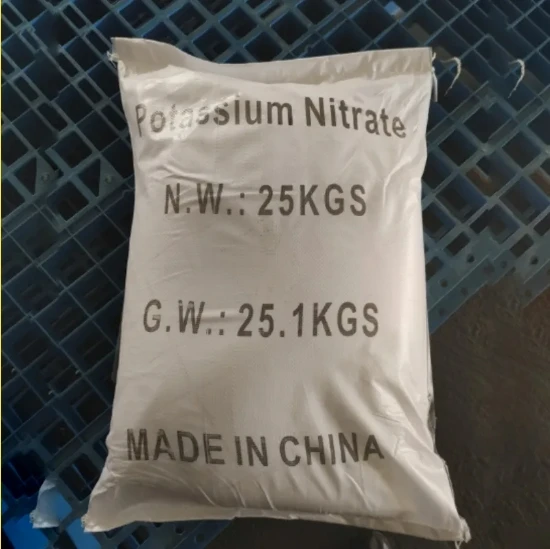
Understanding the Benefits and Uses of Isopropyl Alcohol Solutions in Everyday Life
Understanding Isopropyl Alcohol Solutions Uses, Advantages, and Precautions
Isopropyl alcohol, commonly known as rubbing alcohol, is a colorless, flammable liquid with a strong odor. It is a member of the alcohol family, specifically isomers of propyl alcohol. One of the primary forms in which it is available is as an isopropyl alcohol solution, typically composed of 70% isopropyl alcohol and 30% water. This solution is widely utilized in various applications due to its antiseptic, solvent, and cleaning properties.
Uses of Isopropyl Alcohol Solutions
1. Antiseptic Applications Isopropyl alcohol solutions are primarily known for their antiseptic properties. A 70% solution is most effective for disinfecting skin and surfaces. It is commonly used in hospitals and healthcare settings to sanitize hands and disinfect equipment. The presence of water in the solution helps to slow down the evaporation process, allowing the alcohol to penetrate cell walls more effectively and kill bacteria and viruses efficiently.
2. Cleaning Agent Isopropyl alcohol is a superb cleaning agent. Its ability to dissolve oils and fats makes it an ideal choice for cleaning electronic devices, glass surfaces, and stainless steel. Technicians often use isopropyl alcohol to remove thermal paste from CPUs and to clean circuit boards without leaving a residue.
3. Solvent Properties In industrial and laboratory settings, isopropyl alcohol solutions serve as solvents for various compounds. They are used in the formulation of certain pharmaceuticals, cosmetics, and personal care products. Its solvent properties make it an excellent choice for thinning paints and varnishes as well.
4. Deodorizer and Disinfectant The antiseptic qualities of isopropyl alcohol make it a popular deodorizer. It is used in air fresheners and disinfecting sprays, helping to eliminate odors caused by bacteria or mildew.
Advantages of Isopropyl Alcohol Solutions
- Fast Evaporation One of the significant advantages of isopropyl alcohol is its rapid evaporation rate. This property makes it useful in cleaning applications where fast drying times are desired, such as in electronics.
- Non-corrosive When used appropriately, isopropyl alcohol is non-corrosive to most materials, meaning it can be safely applied to various surfaces without causing damage.
isopropyl alcohol solution

- Versatile The versatile nature of isopropyl alcohol solutions allows them to be utilized in a wide range of settings—from homes and offices to hospitals and laboratories
.Precautions When Using Isopropyl Alcohol Solutions
While isopropyl alcohol is an effective agent, there are several safety precautions one should consider when using it
1. Flammability Isopropyl alcohol is highly flammable. It should be kept away from heat sources, open flames, and sparks. Users should ensure that the area is well-ventilated when using isopropyl alcohol solutions to minimize fire hazards.
2. Skin Irritation Prolonged exposure to isopropyl alcohol can cause skin irritation or dryness. It is essential to wear gloves when using the solution for extended periods and to wash hands after use.
3. Toxic Inhalation Inhaling the vapors generated by isopropyl alcohol can lead to respiratory irritation or central nervous system effects. Always ensure proper ventilation and avoid breathing in the fumes.
4. Avoid Ingestion Isopropyl alcohol is toxic if ingested. It should be stored securely away from children and pets to prevent accidental consumption.
Conclusion
Isopropyl alcohol solutions play a significant role in various sectors, thanks to their antiseptic, cleaning, and solvent properties. While they are invaluable for maintaining hygiene and cleanliness, users must adhere to safety precautions to mitigate risks related to flammability and toxicity. Whether used in a healthcare setting or a home environment, understanding the proper use and potential hazards of isopropyl alcohol solutions can ensure effective and safe practices.
-
Understanding Synthetic Rubber OptionsNewsApr.27,2025
-
Trichloroisocyanuric Acid: Essential for Clean and Safe WaterNewsApr.27,2025
-
Sodium Dichloroisocyanurate: Key to Safe Water TreatmentNewsApr.27,2025
-
Sodium Acid Pyrophosphate: Essential in Modern Food ProcessingNewsApr.27,2025
-
Essential Water Treatment ChemicalsNewsApr.27,2025
-
Denatured Alcohol and Its Industrial UsesNewsApr.27,2025
-
The Versatile Uses of Sodium BicarbonateNewsApr.24,2025
Hebei Tenger Chemical Technology Co., Ltd. focuses on the chemical industry and is committed to the export service of chemical raw materials.
-

view more DiethanolisopropanolamineIn the ever-growing field of chemical solutions, diethanolisopropanolamine (DEIPA) stands out as a versatile and important compound. Due to its unique chemical structure and properties, DEIPA is of interest to various industries including construction, personal care, and agriculture. -

view more TriisopropanolamineTriisopropanolamine (TIPA) alkanol amine substance, is a kind of alcohol amine compound with amino and alcohol hydroxyl, and because of its molecules contains both amino and hydroxyl. -

view more Tetramethyl Thiuram DisulfideTetramethyl thiuram disulfide, also known as TMTD, is a white to light-yellow powder with a distinct sulfur-like odor. It is soluble in organic solvents such as benzene, acetone, and ethyl acetate, making it highly versatile for use in different formulations. TMTD is known for its excellent vulcanization acceleration properties, which makes it a key ingredient in the production of rubber products. Additionally, it acts as an effective fungicide and bactericide, making it valuable in agricultural applications. Its high purity and stability ensure consistent performance, making it a preferred choice for manufacturers across various industries.











